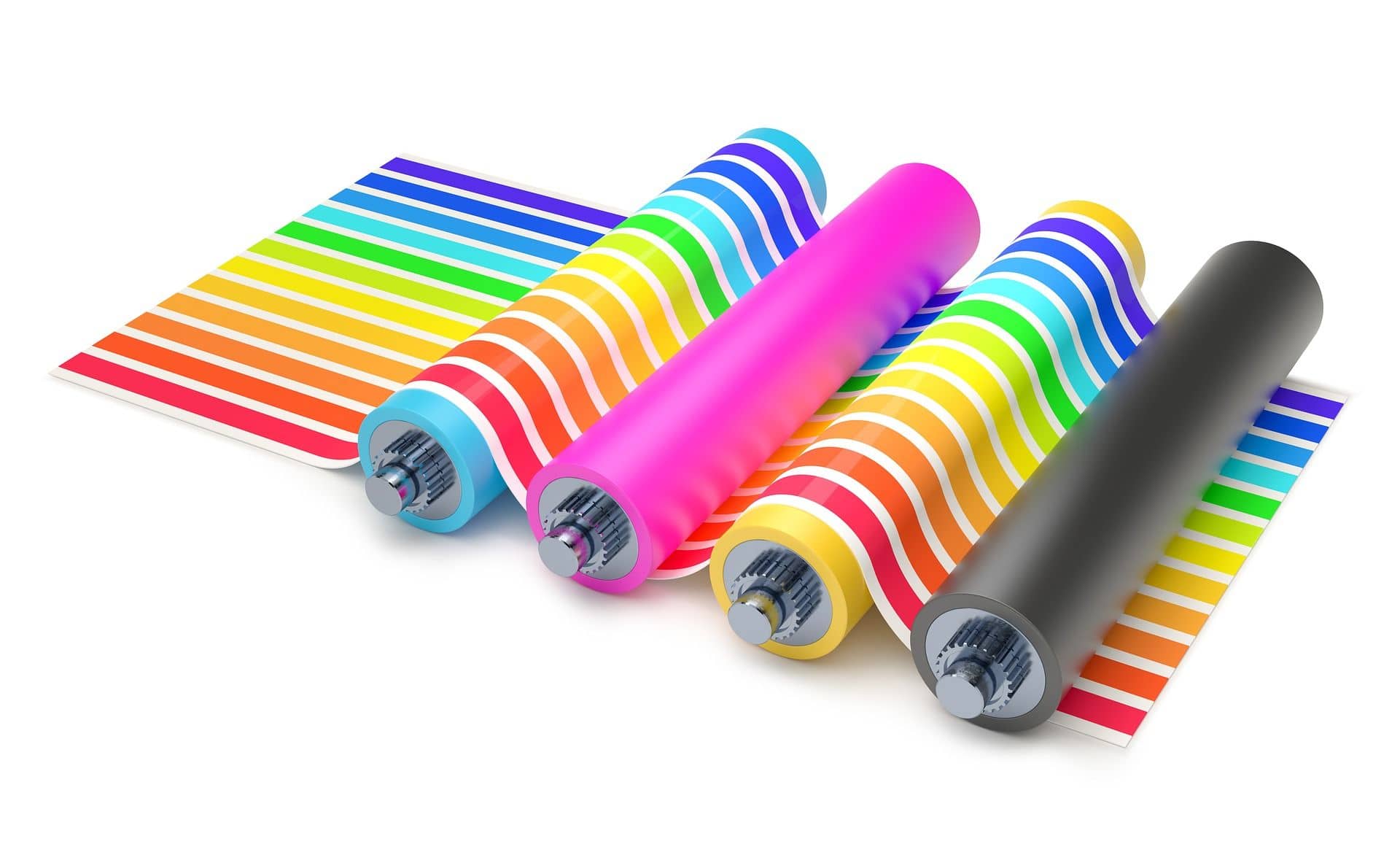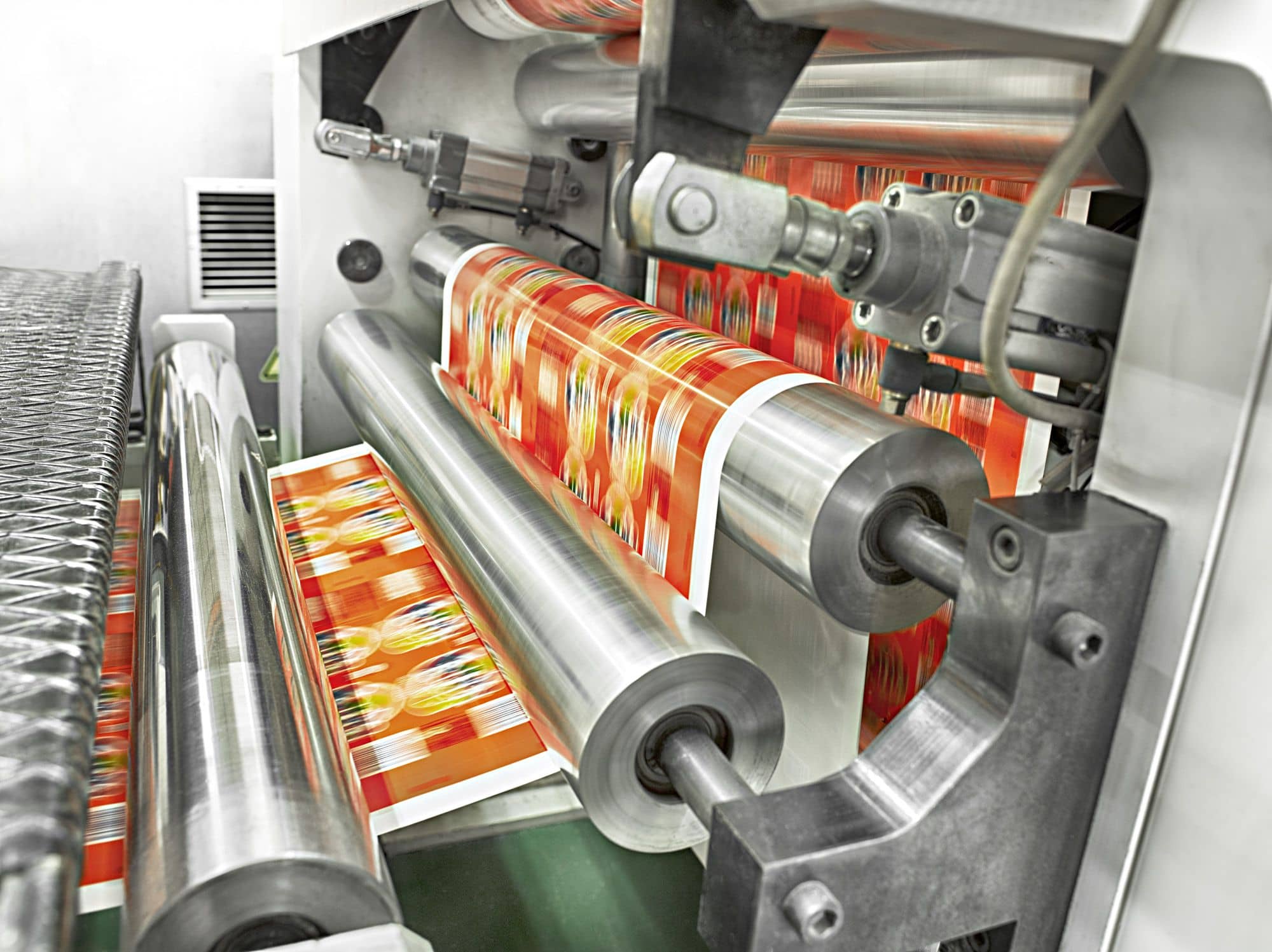
28 Jan Homologation and its benefits
Homologation – what is homologation? Why do we have to homologate? Does the supplier require it? Does the customer require it? In this post we are going to explain how we feel about homologation in Rieusset and what benefits there are behind it.
What is homologation?
In Rieusset we consider homologation as the process in which a material that is provided by a supplier is analyzed in order to verify that it works well on our machines.
The adverb “well” implies that productivity is maintained or increased on our machines in addition to maintaining or improving the quality required by our customers and which we at Rieusset want to offer.
In Rieusset, above all, we certify the medium –paper or film – and the inks, and although I am not going to list all the characteristics we check, I can tell you that what’s most important is that we are able to achieve good printing and maintain dimensional stability, at the same time verifying the machinability of the product on our machines. With machinability we mean that we should not have to dedicate a lot of time to adjusting the machine in order to obtain optimal quality and good output.
Normally, the type of homologation we do when we have a new material or a modified one, is carried out on one machine in each section and with a design we consider standard. That does not exclude the possibility of evaluating in each case if this homologation should be extended to other machines in the same section and to more designs. According to my point of view, these are not critical concepts but we do have to keep them in mind in order to avoid possible hidden problems that can derive from the particularities of the machines or the designs.
Not to be confused with validation
Please keep in mind that homologation is not validation.
Validation in Rieusset would be the process by which we check what the capacities of our machines are. That is to say, we validate a machine to know if it can produce with guarantees what the customer asks for (or what Rieusset wants to offer).
As you can see, while homologation centers on the materials, validation centers on the machine.
At this point I would like to point out that a validation is not done only when purchasing a machine but also when an important component of that machine is modified, since this can change the tolerances of the product being made.
As an example, in Rieusset, additionally to when it is purchased, a printing press is validated again when an element such as the color register or the inspection camera is changed, which are crucial to the quality of the product.
Steps for homologation
When we start a homologation process, the first thing we do is ask for the technical data sheet, the safety sheet and, in our case due to the markets to which we supply, the Declaration of Compliance for food contact. We have to check that the material complies with all the applicable regulations and that it does not contain unapproved or harmful products.
If the material complies with the regulations, we can then check if it is included in those that are already validated for the printing press. If the material weren’t among those, we would have to carry out a prior validation of the machine in order to work with this new material.
Once this has been verified, we do a first laboratory test with the samples provided by the supplier.
If the laboratory test is favorable, we then ask the supplier for material to do a small press run.
If all of this were correct, we would homologate this material.
Benefits of homologation
If we have material that works, why do homologation that takes time and money? The answer is simple: to obtain a benefit.
- In some cases, we certify the evolution of the supplier’s material which either improves its performance or improves its machinability on our printing presses or on the customer’s machines.
- to try out a new material with similar characteristics as the current one but with lower cost (this typically is offered by a new supplier who wants to start supplying to us)
- in order to try out a new material that we didn’t know and which may allow us to reach new markets or offer something different to our customers
- to have alternative materials to our usual ones and avoid supply issues
Customer homologation
Until now we have talked about supplier homologation, but what about the customers? Do they get homologated too?
In the same way that we want to verify if our suppliers’ materials work correctly, our customers want to verify that the material we send them also work correctly on their machines. Therefore, we also do homologation of our customers following the same standards that we use for supplier homologation.
In conclusion, please let me stress one point that I believe is very important and which I always recommend to all our customers: it is important to have alternative homologated material. I have mentioned this in the benefits of homologation, and it is important, even if a material works correctly, to have another one with the same or similar characteristics ready for production. This will assure – should there be supply problems with the first one – that we can continue to supply our customer with the second one. But remember, this should never be done without having homologated the second material in the customer’s installations. Why? Because in their contracts customers habitually include a “No Changes Clause” in which any change you make to your product requires their authorization, and even in the case that there is no such clause, if a customer is informed and notices something in their packaging or labeling process they will have the information in order to know the possible origin, thus avoiding looking for ghosts.
You should really have this clause in your contracts with your suppliers.
I hope you have enjoyed this post and that if you don’t already do homologation you consider doing it. Although homologation is a complicated process it always gives you the peace of mind that comes from controlling the production process and the assurance that our customers receive fully guaranteed material.
Don’t forget to send us your comments so that we can discuss them.
| We Manufacture: | Meet Rieusset: |





